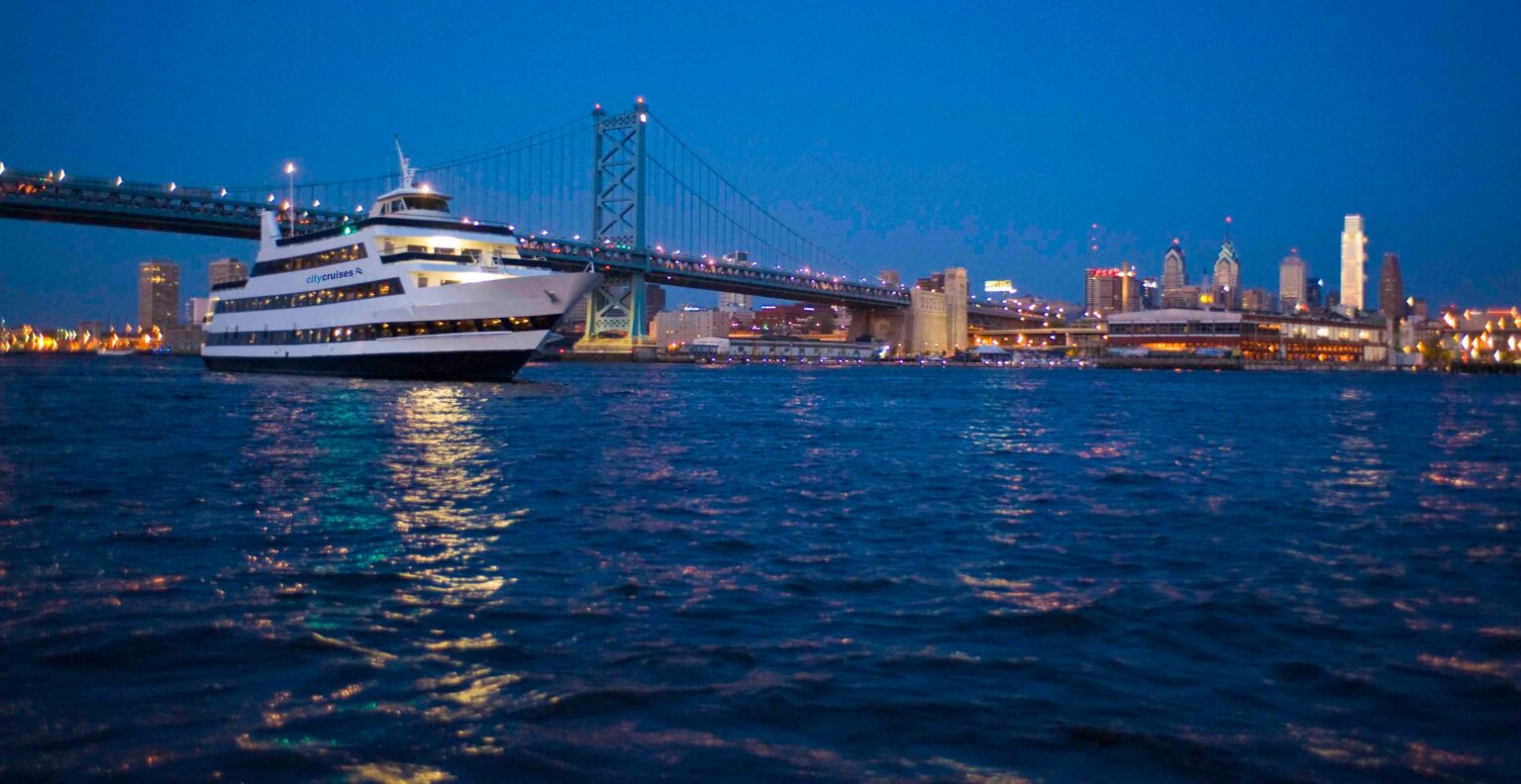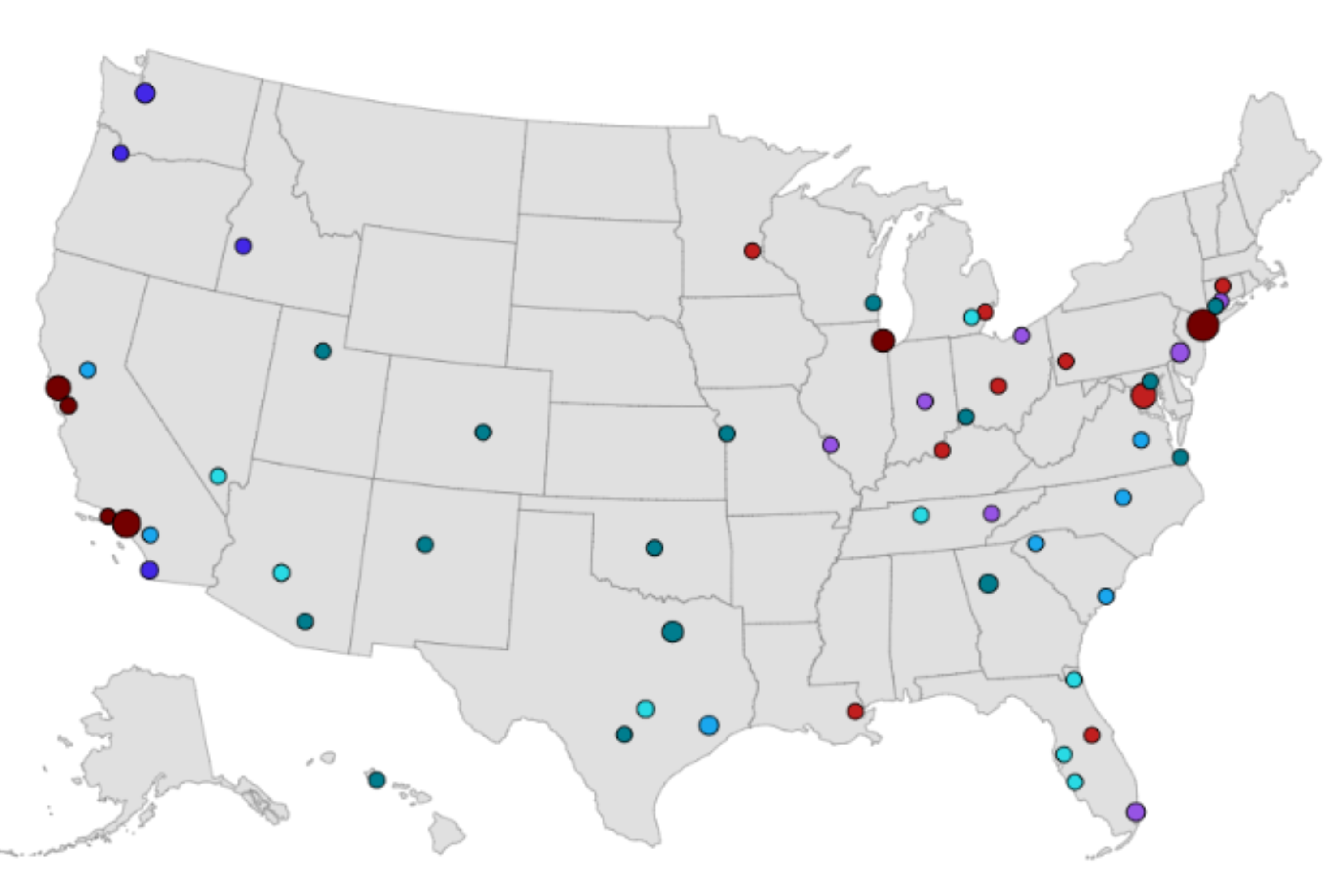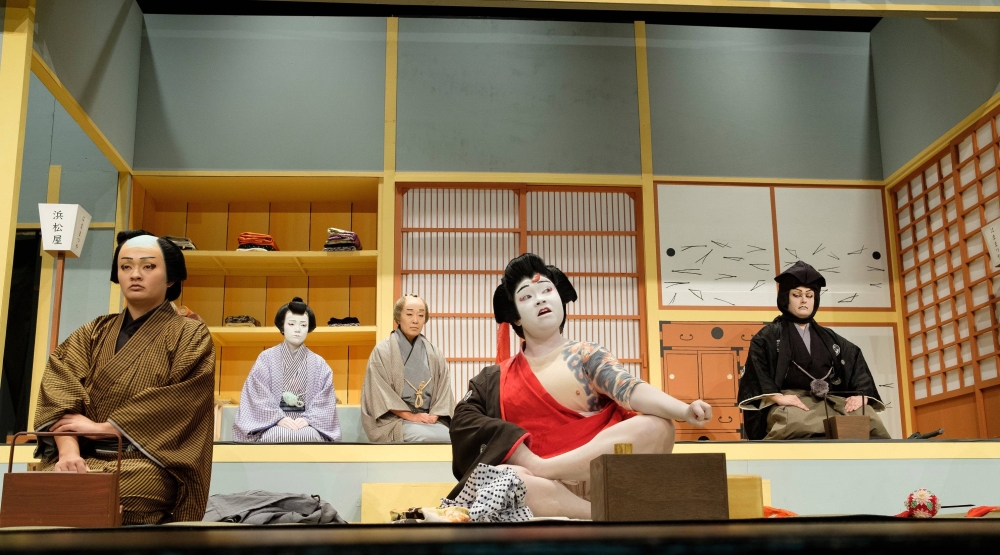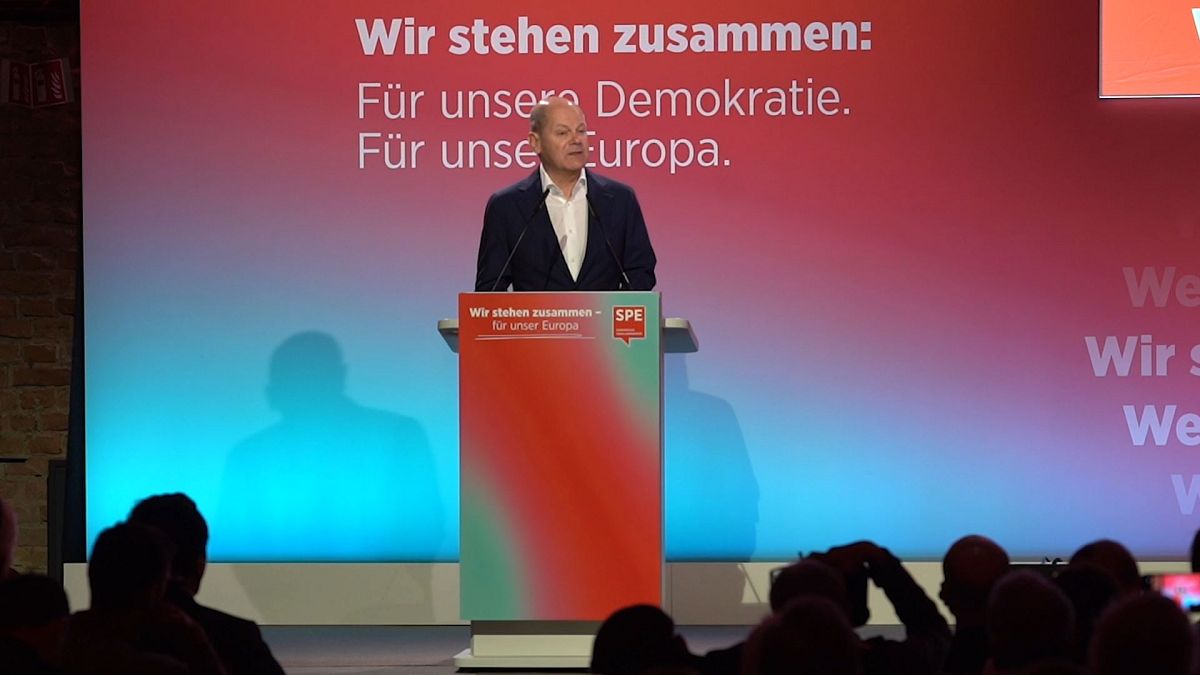Business
8 People Sitting on Benches, Talking About Recession

Julia Rothman and

Business
Granderson: Here's one way to bring college costs back in line with reality

It took me by surprise when my son initially floated the idea of not going to college. His mother and I attended undergrad together. He was an infant on campus when I was in grad school. She went on to earn a PhD.
“What do you mean by ‘not go to college’?” I pretended to ask.
My tone said: “You’re going.” (He did.)
Opinion Columnist
LZ Granderson
LZ Granderson writes about culture, politics, sports and navigating life in America.
The children of first-generation college graduates are not supposed to go backpacking across (insert destination here). They’re supposed to continue the climb — especially given that higher education was unattainable for so many for so long. The thought of not sending my son to college felt like regression for our family. In retrospect, our conversation said more about the future.
A 2023 study of nearly 6,000 human resources professionals and leaders in corporate America found only 22% required applicants to have a college degree.
The labor shortage is one aspect of the conversation. The shift in academia’s place in society is more significant.
I’m sure that sounds like a good thing for young people joining the workforce. As an educator, my concern is what happens to a society if only the wealthy pursued higher education. Oh, that’s right: We did that already, back before there was a middle class … and paid vacations.
Though it must be said the lowering of hiring requirements isn’t the only threat to the college experience.
Academia has publicly mishandled the campus tensions and student protests that began after the Hamas attack against Israel on Oct. 7, and that certainly hasn’t been good for academia either. Neither has canceling commencement speakers … or commencement itself. Add in the rising costs — up nearly 400% in 30 years compared with 1990 rates — and, well, the college bubble hasn’t quite burst, but it’s hemorrhaging.
Forgiving student loan debt — whether you agree with the idea or not — addresses the past.
The future of colleges depends on the future of labor. If employers are making it easier to enter corporate America without a degree, then universities must adjust how much cash they try to extract from students and their families, because the return on investment will be falling.
College enrollment has already been declining for a decade, and it’s not because Americans have become less ambitious or less willing to invest in their children’s futures. It’s because of eroding confidence that a degree guarantees a higher quality of life.
Imagine that your high school senior is interested in going to college and wants to major in education or communication or the arts. The sticker price for tuition, even at a state school, is going to look pretty steep. If your child were headed toward a degree in engineering or business, that same tuition might feel like a better bet.
There’s no reason tuition rates couldn’t vary to reflect this reality. Colleges and universities should set tuition rates for classes based on the earning potential of the discipline studied.
If our groceries stores can figure out a way to charge us more for organic produce, then surely this great nation can devise a system to set college costs that accounts for future earnings.
For example, according to the National Education Assn., the starting salary for a teacher in California is about $55,000, the fourth highest in the nation. For California residents, the cost to attend UCLA comes to almost $35,000 a year, without financial aid. That math just doesn’t work.
It’s easy to see why 20% of the nation’s teachers work a second job during the school year to make ends meet. Between 2020 and 2022, the nation lost about 300,000 educators, and we’re facing a teacher shortage. To address the issue, a number of states have loosened the teacher certification rules to make it easier to get more bodies in the classroom, which sounds … less than ideal.
Instead, why not lower the cost of credit hours for college students pursuing a degree in education? Wouldn’t parents feel more comfortable knowing the people in the classroom set out to teach and earned the credentials?
If colleges don’t find ways like this to lower costs for at least some students, higher education will become a relic. Just as cable cutting reshaped the economics of the TV industry, the trend of corporate America moving away from degree requirements is going to put pressure on universities to make some big changes.
There have already been tectonic shifts in a short period of time. Because of the COVID-19 pandemic, colleges lost international students, who once propped up many institutions by paying higher rates than Americans.
Attendance by Americans is forecast to plummet starting next year. Because of low birth rates and low rates of immigration, the U.S. has fewer young people in the classes graduating from high school after 2025.
And perhaps most importantly, our confidence in college is slipping. In 2015, when my son graduated from high school, Gallup found nearly 60% of Americans had a “great deal” or “quite a lot” of confidence in our higher education system. It was under 50% in 2018. It was under 40% last year.
No telling what that number is today.
Which is sad because there is still so much to value — beyond career choices — to a liberal arts education. Given how we live, college is one of the few places we have left in America where young people from different walks of life can meet. That’s important to the health of a nation as diverse — and segregated — as we are.
Colleges will naturally shrink because of demographics, and they can use this time to adjust their business models as well and charge fairer prices. We need young people to be able to replenish all career fields, and that includes art and music and education. It’s time to rethink the economic approach so they aren’t saddled with debt that those careers can’t repay.
Business
Washed Out's new music video was created with AI. Is it a watershed moment for Sora?
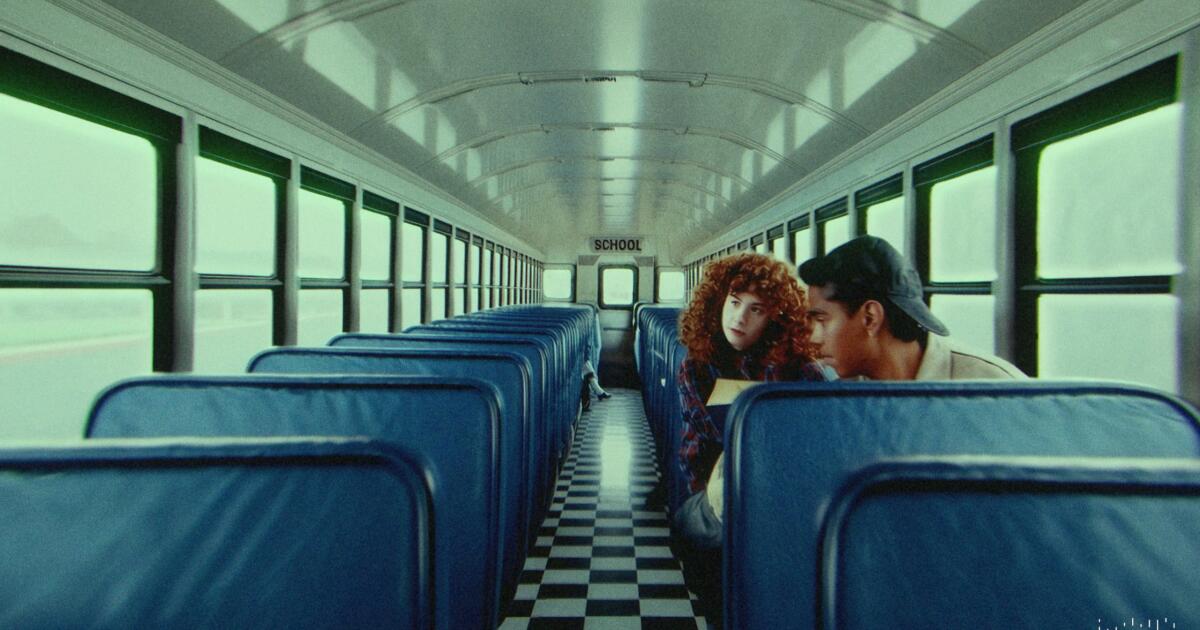
“The Hardest Part,” a new song from indie pop artist Washed Out, is all about love lost, among the most human of themes.
But ironically, to illustrate the tune’s sense of longing, the musician turned to something far less flesh-and-blood: artificial intelligence.
With Thursday’s release of “The Hardest Part,” Macon, Ga.-based Washed Out, whose real name is Ernest Greene, has the first collaboration between a major music artist and filmmaker on a music video using OpenAI’s Sora text-to-video technology, according to the singer-songwriter’s record label Sub Pop.
The roughly four-minute video, directed by Paul Trillo, speedily zooms the viewer through key elements of a couple’s life. The audience sees the characters — a red-haired woman and a dark-haired man — go from making out and smoking in a 1980s high school to getting married and having a child. “Don’t you cry, it’s all right now,” Greene croons. “The hardest part is that you can’t go back.”
The couple aren’t played by real actors. They’re created entirely digitally through Sora’s AI.
The video could mark the beginning of a potentially groundbreaking trend of using AI in video production.
“I think where we are now — that’s about to explode, and so I look forward to being able to incorporate some of this brand-new technology and seeing how that informs what I can come up with,” Greene said in an interview. “So, if that’s pioneering, I would love to be part of that.”
“The Hardest Part” — the lead single from Greene’s new self-produced album, “Notes From a Quiet Life,” set for release on June 28 — is the longest music video made through Sora technology so far. The program creates short clips based on written text prompts. This enabled Trillo to build scenes in a way that would’ve been many times more expensive with actual actors, sets and locations.
“Not having the limitations of budget and having to travel to different locations, I was able to explore all these different, alternate outcomes of this couple’s life,” Trillo said.
Trillo is one of the creatives who has early access to Sora, which is not yet publicly available. OpenAI unveiled Sora in February and has been testing the system with directors and meeting with Hollywood executives and producers. It’s working out kinks and trying to address intellectual property concerns.
The innovations in AI have been hugely controversial in many corners, including in the music industry, which has been plagued by the use of “deepfakes,” or video and audio that falsely uses an artist’s image or voice. Musicians and others have pushed for legislation to combat such misleading creations, and talent agencies are working with tech startups to clamp down on unauthorized digital mimicry.
The introduction of Sora — coming from the same company that created the text-based AI model ChatGPT — raised concerns within Hollywood and elsewhere about its potentially devastating impact on jobs and production. Still, it inspired excitement among some creatives for the ways it could help them achieve their vision onscreen without being constrained by special effects budgets and travel limitations.
Both Greene and Trillo said they were able to do more with Sora than they would have with real-life sets on their budget. Sub Pop did not disclose the costs for the video. The music artist did not pay OpenAI to use the tech for the music video.
The two men had explored other ideas, including hiring dancers, and filming in a location that resembled the green hills in the art for Greene’s new album, but that proved difficult because of time and financial constraints. So Trillo suggested experimenting with Sora.
Greene, whose music TV audiences may recognize from the theme song of the satirical sketch comedy show “Portlandia,” was hesitant at first.
“I feel like with my music and most of the videos I’ve made over the years, it always starts from like a real emotional, sincere place,” Greene said, noting that many of the examples of AI video he’d seen existed in the dreaded “uncanny valley,” human-like but eerily artificial.
Nonetheless, Greene was willing to experiment. So Trillo tried out different concepts to see what would work in the video. Using the technology, he could explore all the various outcomes of the couple’s life across multiple locations by creating elaborate text-based prompts. He completed the video in about six weeks, editing together about 55 clips in the video from the roughly 700 that he generated using Sora.
“With this, there was no editing myself,” Trillo said. “I was really able to just try things and so that organically creates a different kind of story because of that, being able to throw so much at the wall and see what sticks.”
To generate usable clips, Greene needed to write prompts with enough specific details about not just the image itself but the shot angles and movements of the characters. “We zoom through the bubble it pops and we zoom through the bubblegum and enter an open football field,” Trillo wrote as part of his prompt for one brief snippet of video. “The scene is moving rapidly, showing a front perspective, showing the students getting bigger and faster.”
The final music video for “The Hardest Part” shows several locations, including a high school, a grocery store, rolling hills, a hallway with billowing white sheets and fire burning through the walls.

Ernest Greene, known as music artist “Washed Out,” will have a new album coming out at June 28.
(Ernest Greene)
There were some limitations. Sometimes Trillo would have an idea and Sora would nail it. Other times, it would create something chaotic and unusable. The videos would come out with inconsistencies, which Trillo would sometimes choose to just overlook. The characters look a little different from clip to clip, as does the couple’s child.
Part of the video’s artsy charm is its dreamlike state — recollections of a couple’s life that illustrate the murkiness of human memory.
“You have to know where to pick your battles with it,” Trillo said of Sora. “You kind of have to relinquish a bit of your free will in working with this thing and you kind of have to accept the nature of how chaotic it is.”
“I was certainly blown away with just how far he could take it in piecing a story together,” Greene said.
Both Greene and Trillo said they see AI as potentially opening more opportunities for people to push the music video art form forward. Music videos are a logical medium in which to play around with AI, because they’re usually short and cost much less to make than feature films and television episodes.
However, Trillo said, it’s important to him that this is not used as a new main method for creation but rather another tool in the tool belt.
“A lot of music videos just don’t have the budgets to really dream big,” Trillo said. “I think AI can help the music industry in terms of creating things that even Ernest could dream of that maybe he wouldn’t have dared to dream before.”
Business
Boeing faces critical launch Monday ferrying astronauts to the International Space Station

Ferrying astronauts to the International Space Station has almost become routine — but not for Boeing and not on Monday, when after years of delay it’s finally set to launch two crew members to the orbiting platform on a critical test flight.
The Arlington, Va.-based aerospace giant was awarded a $4.2-billion contract in 2014 to build and operate a spacecraft to service the station, while El Segundo rival Space X received $2.6 billion to do the same.
Both were given out under NASA’s Commercial Crew Program, established to have American companies taxi astronauts to the station.
The stakes are particulary high for Boeing. Since 2020, SpaceX completed its crewed test flight and has ferried eight operations crews to the base — while Boeing has managed only two unmanned flights, including one that docked remotely in May of last year.
Boeing has long-standing and historic ties to the aerospace industry in Southern California — the Apollo command and service modules were built at North American Aviation’s plant in Downey. Its current operations include a satellite facility in El Segundo.
Boeing’s new Starliner capsule was scheduled to launch with a crew last summer, but a problem was discovered with its parachute system and the use of flammable tape in the craft, a mile of which was removed. It was just the most recent of several delays.
Starliner, with crew members strapped in, is set to blast off at 7:34 p.m. Pacific time at Cape Canaveral Space Force Station in Florida. If the weather doesn’t cooperate or other minor issues arise, it could fly the next day or later in the week.
After the delays and a reported $1.5 billion in cost overruns the company had to absorb, analysts say it’s critical that the mission goes well. That’s especially true, given Boeing’s already battered reputation, after two crashes of its 737 Max 8 jets and a door plug that blew out of a 737 Max 9 flight this year on its way to Ontario International Airport in San Bernardino County.
“It’s very important for [Boeing’s] desire to be relevant to NASA, relevant to manned space flight and for confidence internally to turn around and execute a program that’s had problems,” said Ken Herbert, a Boeing analyst at RBC Capital Markets. “This could be a big win for Boeing, if they can successfully pull this off, just in light of all the bad news they get from every other part of the business.”
The capsule is designed to be reused 10 times, similar to SpaceX’s Dragon Capsule that services the station. It will be launched from an Atlas V rocket, a reliable workhorse built by the United Launch Alliance, a joint venture of Boeing and Lockheed Martin. Starliner should take about 26 hours to reach the station, which orbits at roughly 17,500 mph.
The flight plan calls for NASA astronauts Barry Wilmore and Sunita Williams to spend a minimum of eight days testing the docked Starliner capsule, before returning to Earth as soon as May 15. Unlike SpaceX’s capsule, which splashes down on water, Starliner will deploy giant air bags and touch down on land in one of four possible locations in the Southwest — a system the Russian space program has used since its inception. Edwards Air Force Base in Kern County is a contingency landing zone.
Assuming the flight is a success, Boeing would be cleared to fly Starliner on regular flights carrying cargo and astronauts, where it would stay docked for six months and provide NASA with a second, redundant American craft to reach the station, a longtime goal. The 15-feet-in-diameter capsule, shaped like a Hershey’s Kiss, can carry up to seven astronauts without cargo or fewer with it.
NASA Administrator Bill Nelson expressed confidence in the flight despite problems Boeing has experienced with its commercial aircraft.
“Understand that anytime you fly in space, it’s risky business, but we don’t fly, until we — NASA — are satisfied that it is as safe as possible,” he told The Times.
A Boeing spokesperson declined to respond to requests for comment.
Mark Nappi, the manager of Boeing’s Commercial Crew Program, said at a news conference Friday, “I have never felt readier on any mission that I have ever participated in. … We are where we are supposed to be at this point.”
NASA contracted with SpaceX and Boeing after being forced to rely solely on the Russian space program to resupply and send crews to the station after the space shuttle program ended in 2011.
A longer-term issue for Boeing is that it has taken so long to certify Starliner that it might only service the station for its contracted six missions before the lab is sent back to Earth in 2031 in a controlled descent, where it will burn up in the atmosphere. Initially assembled in 1988, it is now the size of a football field and some pieces are expected to land in the far reaches of the ocean.
NASA wants to focus its resources on planned missions to the moon and deep space through its Artemis program, and the Russians aren’t interested either, said aerospace analyst Marco Caceres of Teal Group.
“The Russians have certainly expressed their desire not to continue their presence for no more than another 10 years,” he said.
While the station includes modules from multiple countries, NASA and the Russian program were its primary constructors, including a core power module the Russians sent up on the very first launch.
There have been nearly 4,000 scientific studies conducted on the station and now NASA is funding and supporting the development of commercial space stations where it can lease space to conduct science as needed. That includes Orbital Reef, a planned station by Jeff Bezos’ Blue Origin aerospace company.
NASA expects that Boeing and SpaceX will service those stations, and Boeing has said it has plans to launch Starliner to ferry astronauts to the station, which is still in its early development stages. Nappi said Friday that the company will “have time to make those decisions.”
Even if the Starliner flight goes flawlessly, NASA will continue to send astronauts to the space station on Russia’s Soyuz craft, given the country’s key role in building and continuing to operate the station.
Nelson said that aside from Russia’s operational role, it is important for the two space programs to maintain good relations despite tensions over the war in Ukraine, noting that each country has personnel embedded in the other’s mission control operations. He recalled how that relationship began when an Apollo capsule docked with a Russian Soyuz craft in a historic test project started amid the Cold War.
“This cooperation in space has been going in genuine success ever since Gen. Tom Stafford and Gen. Alexei Leonov came across that threshold docked in space in 1975,” he said. “There has been no evidence we have any problem. It is steady as you go.”
-

 News1 week ago
News1 week agoFirst cargo ship passes through new channel since Baltimore bridge collapse
-

 World1 week ago
World1 week agoHaiti Prime Minister Ariel Henry resigns, transitional council takes power
-

 World1 week ago
World1 week agoSpanish PM Pedro Sanchez suspends public duties to 'reflect'
-

 News1 week ago
News1 week agoAmerican Airlines passenger alleges discrimination over use of first-class restroom
-

 Movie Reviews1 week ago
Movie Reviews1 week agoAbigail Movie Review: When pirouettes turn perilous
-

 World1 week ago
World1 week agoEU Parliament leaders recall term's highs and lows at last sitting
-

 Science1 week ago
Science1 week agoMosquito season is upon us. So why are Southern California officials releasing more of them?
-
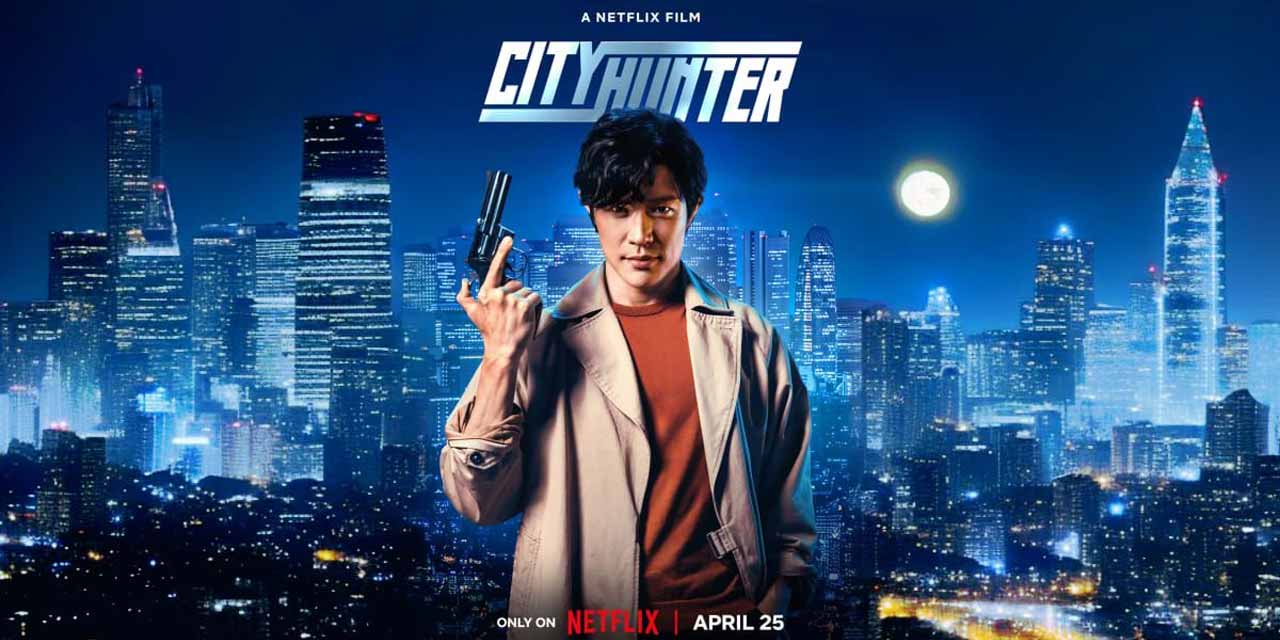
 Movie Reviews1 week ago
Movie Reviews1 week agoCity Hunter (2024) – Movie Review | Japanese Netflix genre-mix Heaven of Horror


